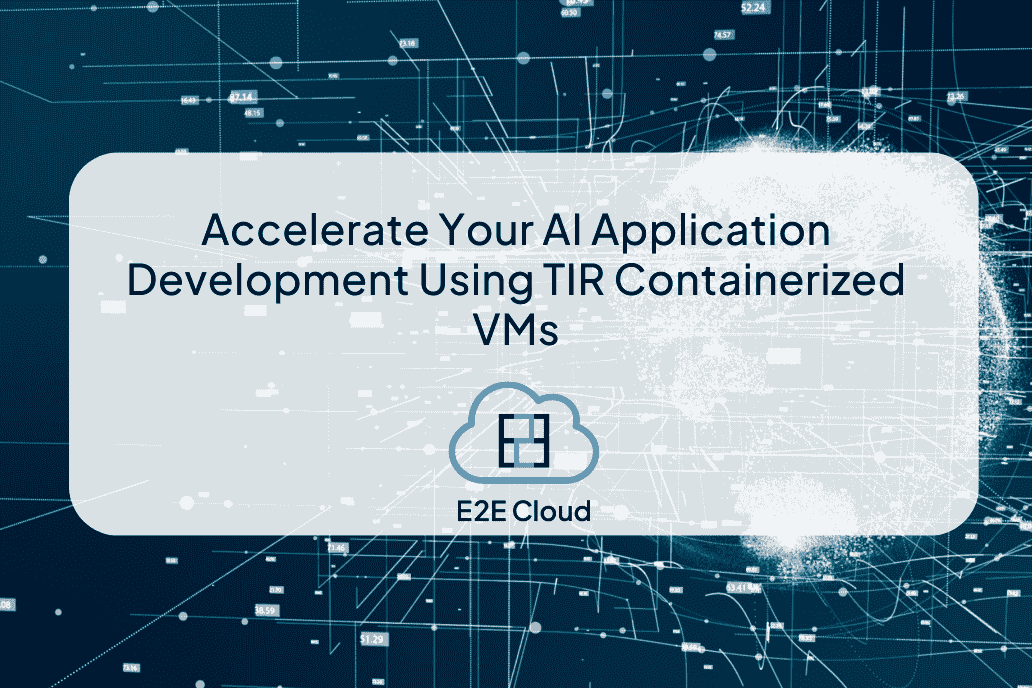Introduction
The IT industry continuously endeavors to speed up its delivery and increase agility. Pressure arises while deploying an enhanced or new application code per the demands of fast digital transformations in IT. IT implementation has various infrastructure challenges, such as moving to a new platform, transforming time, building a test system that can emulate the production environment, etc.
Containerization is the answer to overcoming most challenges. Small businesses should also take advantage of its implementation. Containers are cloud technology enabling developers to package their application code and other dependencies into a portable and lightweight form. The various benefits include speed, efficiency, productivity, and consistency.
In this article, we’ll understand what containers are and the value of containerization for small businesses.
What Is a Container?
Before we deep-dive into how containerization benefits small businesses, first, let us understand what a container is, how it operates, and what business areas it affects. Containers isolate the environment and software to ensure that the software works uniformly irrespective of the differences between the staging and development. In other words, containers provide virtual runtime environments, encapsulating code, files, libraries, and other dependencies. As a result, the application platform and all the configuration files get collated in one package. They are different from virtual machines. Virtual machines have virtual hardware and run various instances of the OS. Alternatively, containers are a lighter version of virtualization using one operating system shared on a host computer. In simple terms, containers help create solo and small pieces of code that can be executed on any machine consistently.
Why are containers necessary?
Containerization has been a recent development that evolved in cloud computing. It has provided a means for both small and large businesses to provide an improved application management life cycle with the help of continuous integration and continuous delivery (CI/CD). Moreover, some containers follow open-source implementation that attracts many organizations. Private cloud is another benefit of containerization that has become a platform for organizations offering control and security while consuming various cloud services.
Containers are helpful, especially in the below cases:
- When software moves between different environments for testing.
- When the running location of the software is changed.
- When software is scaled to provide more performance and availability.
Benefits of containers
Below are the various benefits of containers for a small business:
1. Safety
Containers enable entire app scans, abstracted operating systems, and dependencies. The constant patching and updates let it change the requirements as a component of the app update. Additionally, containers weed out the failure issues because of the compatibility problems between the application and patches.
2. Integrate production and development
At times, you can face an issue where features on the development tool work well, but on the production machine, they show an error. It turns out because each environment was directing a separate device. Containers wipe out such issues if the one container gets utilized for development and production environments, simultaneously which end up with a couple of resources emptied and scarce of bugs.
3. Availability
Unlike before, containers presently are lighter in weight, and the contents they contain, are temporary. Hence, they can easily get reactivated if the app authorizes it. If a container does not respond accurately, an orchestrator can schedule the latest instance of the containers to ensure high availability. The capability of shipping containers between infrastructure providers and different clouds can play a vital role in balancing constant uptime.
4. Low-cost operations
Containers offer easy-to-operate machines to update and add features to apps. It is because they are separate. Organizations can briskly test the latest upgrades and features on a small group of clients before a proper implementation by utilizing containers. It enables the hindrance of the expensive rollout of discrete parts that customers might not prefer.
5. Portability
Software containers get used for distribution allowing applications to run at multiple places. These get packaged and then transferred to the servers through registers using push, pull, and simple tag automated models. Portability is a big challenge for the software teams, but the implementation of containers can overcome it. Containers can easily migrate between clouds without the need for a rework.
6. Isolation
Software containers have a limited impact on the different applications running on the same node. It adds security, simplicity, and stability to all the applications running on a node. Containers, being lighter, can run in thousands of numbers on a single node without impacting other containers.
7. Simplicity
The packaging model used by containers has modern and distributed architecture consisting of microservices. Decomposing the existing apps and packaging them into immutable images has streamlined the operations by reducing tasks, such as runtime provisioning and operating system stabilization. It is always fast and easy to deploy an individual application.
Conclusion
Older modes of application development are on their way out. According to researchers, successful firms can follow digital enterprises by re-architecting operations according to changing requirements and demands. Small firms can use containers to follow a similar approach and provide a secure and decoupled way to scale up services quickly. Small businesses can combine the benefits of containers and cloud computing to embrace flexibility and start using IT with a new sense of agility.









